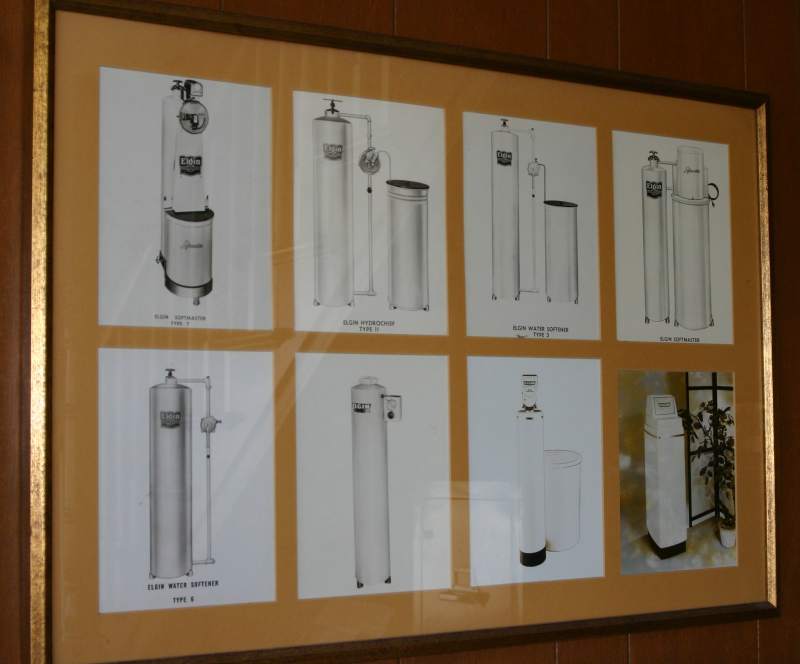
|
Broad Ripple Random Ripplings

The news from Broad Ripple
Brought to you by The Broad Ripple Gazette
(Delivering the news since 2004, every two weeks)

|
| Brought to you by: |

|

|

|

|

|

|
Converted from paper version of the Broad Ripple Gazette (v03n13)
What I Learned about Water Softeners - by Candance Lasco
posted: Jun. 30, 2006
Most homes in the Indianapolis today have a water softener; so do most restaurants, hotels and hospitals. Other than putting salt in the tank regularly, we take these work horses for granted. Why have a water softener, and how do they work?
Indianapolis is located in a very hard water area. In a nutshell, water is "hard" when it contains large amounts of calcium or magnesium. While hard water creates no health hazard, it is a problem. Before water softeners existed, hard water deposits caused "scale" to form on the inside of pipes, water heaters, and cooking utensils, among other things. I have my great-grandmother's old water kettle - it is filled with inches of what my family called lime. I have tried vinegar, chisels and other tricks to clean that kettle, all with no success. Think of that stuff in your pipes. Now think of the sticky scum that can form on soap. Hard water reduces soap's ability to lather. This means an invisible film that you can feel on your hair, skin or clothes.
The least costly solution for most of us is a water softener. Simply put, a water softener removes calcium and magnesium through the ion exchange principle. This means that water softeners trade the calcium and magnesium for something else: sodium. Water softeners contain two main parts: the mineral tank and the brine tank. The mineral tank is filled with little polystyrene beads called zeolite or resin. The brine tank is where we home owners dump those heavy bags of salt. When Elgin Water started in 1946, the tanks were made of steel, 12 to 18 inches in diameter and 5 to 6 feet tall. Compare that to today.
So the basic process is the following:
1. Backwash removes dirt from the mineral tank.
2. The mineral tank is recharged with sodium from the brine solution in the brine tank.
3. The brine solution displaces the calcium and magnesium in the hard water.
4. The calcium and magnesium are washed down the drain.
5. The mineral tank is rinsed with fresh water, and then the process starts again.
The result is shiny hair and film-free clothes; you will never have to use a chisel to remove "lime" from your tea kettle again. Thank you, Jim Hull, for my lesson on water softeners.
An early water softener at the Elgin Water booth.

Photos of early softeners on display at Elgin Water - 1009 Broad Ripple Avenue.

Dear readers, Candance wrote this in conjunction with her story about Elgin Water that appeared in Volume 3 Number 7 of the Gazette. Owner Jim Hull told her the history of Elgin Water and also about how water softeners work. - Alan

|

|

|
| Brought to you by: |

|

|

|
| Brought to you by: |

|

|

|


